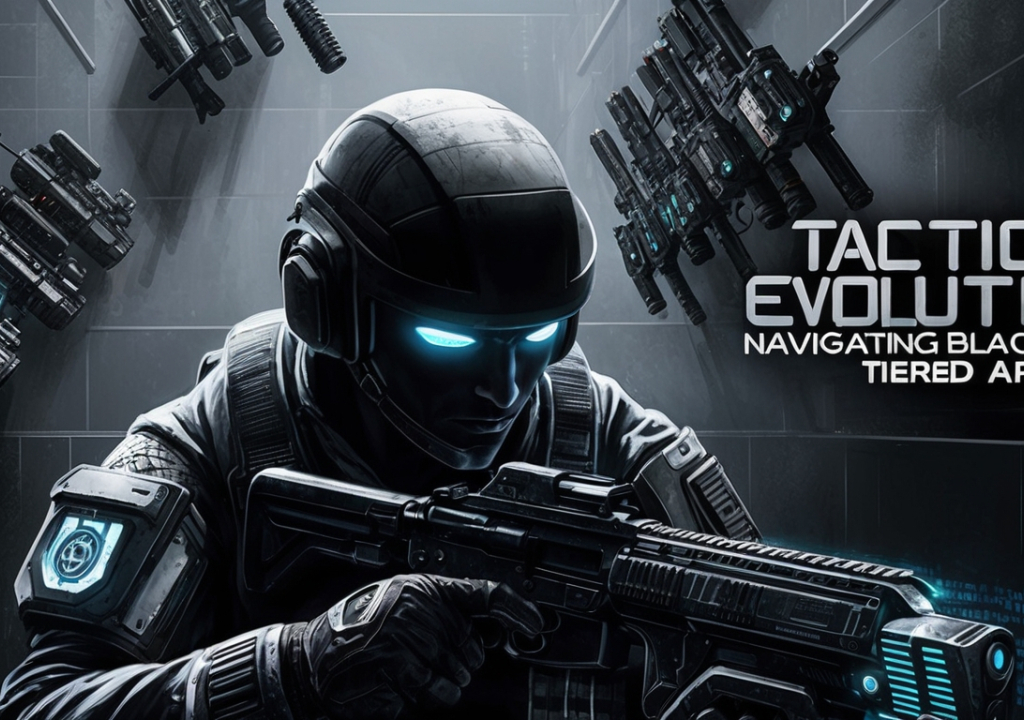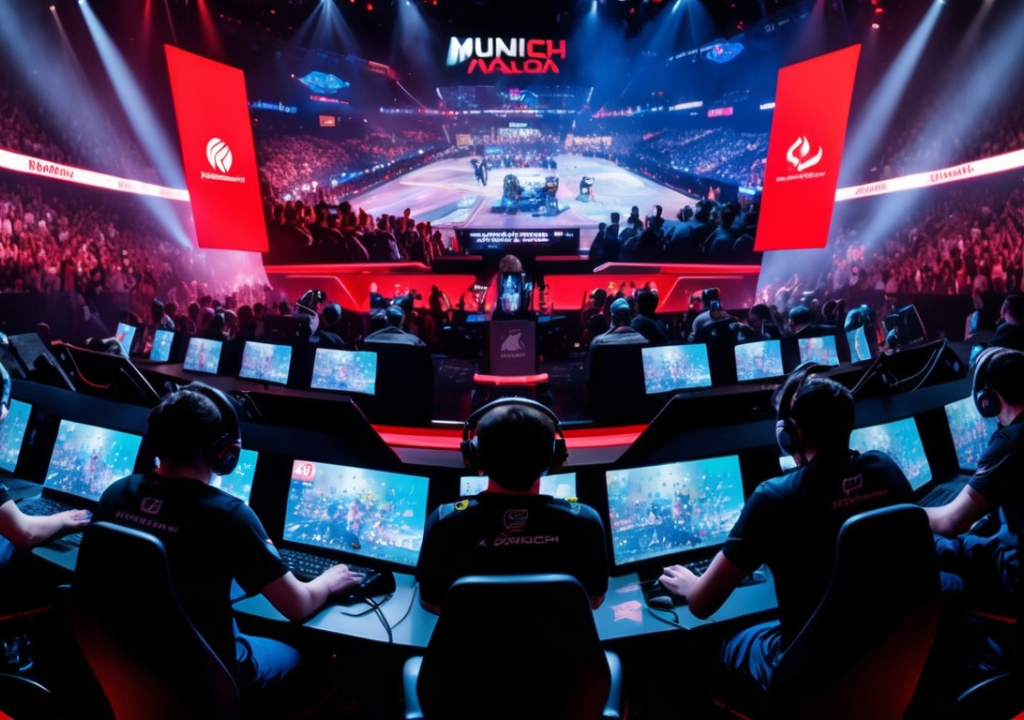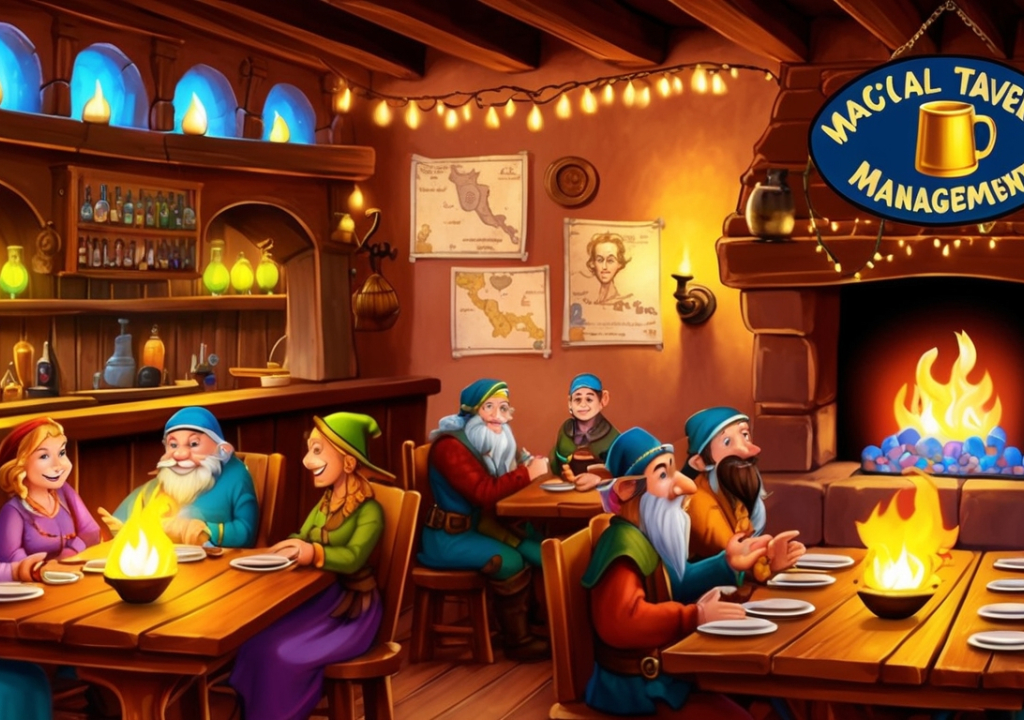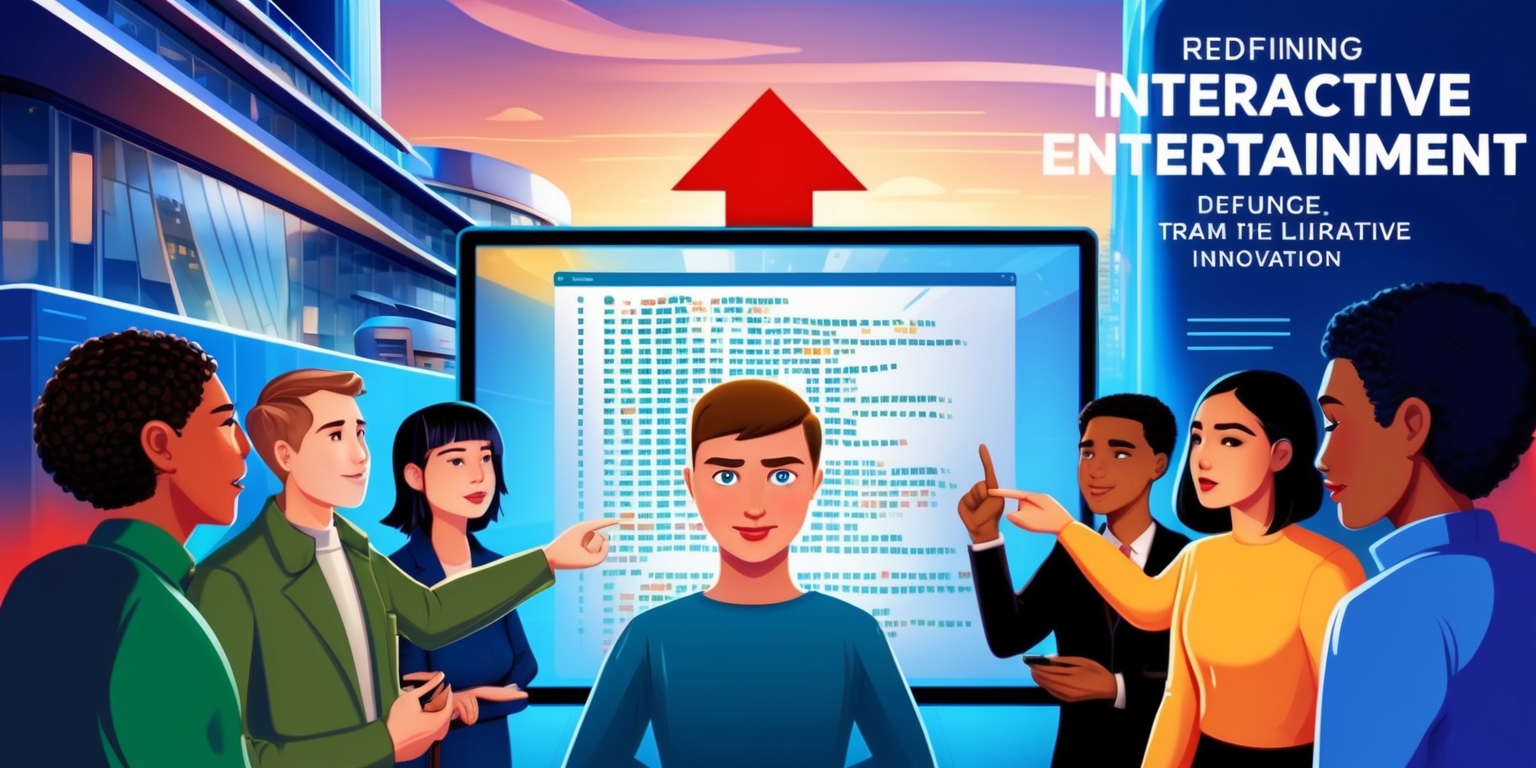
The recent discussions ignited by a high-profile co-op shooter have sparked not only debates over its technical and aesthetic merits but also a fresh look at consumer rights and alternative gaming experiences. What began as remarks from the game's studio head about seeking refunds has evolved into a broader conversation about player autonomy, product quality, and market competition. This discourse has reached beyond the confines of one title, drawing attention to how publishers can creatively navigate criticism and offer their own distinct alternatives. The evolving landscape of interactive entertainment is now witnessing a renewed emphasis on trust, transparency, and innovation in game design, giving both developers and players a renewed sense of empowerment.
Empowering Choice Through Refund Policies
The mechanism of refunds has become a powerful tool for gamers dissatisfied with their purchase. The recent recommendation from the game's lead to utilize refund options has resonated widely as a way for the community to convey their genuine feedback. This move not only displays the confidence that the developers have in their product but also underlines the importance of consumer satisfaction. With refunds being offered as a remedy for perceived shortcomings, it creates an atmosphere where players feel their voices can spark immediate change. In the backdrop of this interactive scenario, debates emerge regarding the risk and reward associated with early gameplay experience, pushing both sides—consumers and developers—to engage in a meaningful dialogue about value, performance, and trust in digital marketplaces.
Engaging in Transparent Developer Communication
The recommendation from a prominent figure in the development team to request refunds if the title does not meet expectations has set a new standard for open communication between creators and their audiences. Such transparency is rare in the gaming industry and serves as a beacon for how developers can engage directly with their community. Not only does this dialogue help manage expectations, but it also reinforces a mutual understanding that game development is an evolving process. Players are encouraged to share unvarnished feedback, prompting developers to respond to concerns in real time. In doing so, the interactive community finds itself at the heart of a robust feedback loop, paving the way for a more adaptive and responsive evolution in game design and post-release support.
Alternative Paths in the Gaming Landscape
In a bold and playful twist, a well-known publishing house has stepped into the fray by suggesting an alternative gaming experience. By positioning its own co-op shooter as a worthy substitute for the debated title, the publisher has successfully attracted the interest of gamers looking for a dependable and budget-friendly option. This strategic maneuver not only highlights the competitive nature of the market but also underscores how creative marketing can turn potential dissatisfaction into an opportunity. The alternative title offers vibrant visuals and engaging gameplay that, although stylistically reminiscent of its counterpart, introduces nuances that set it apart. With its price point positioned attractively, it appeals to players who seek both quality and value in interactive entertainment.
A Dive into Artistic and Aesthetic Innovation
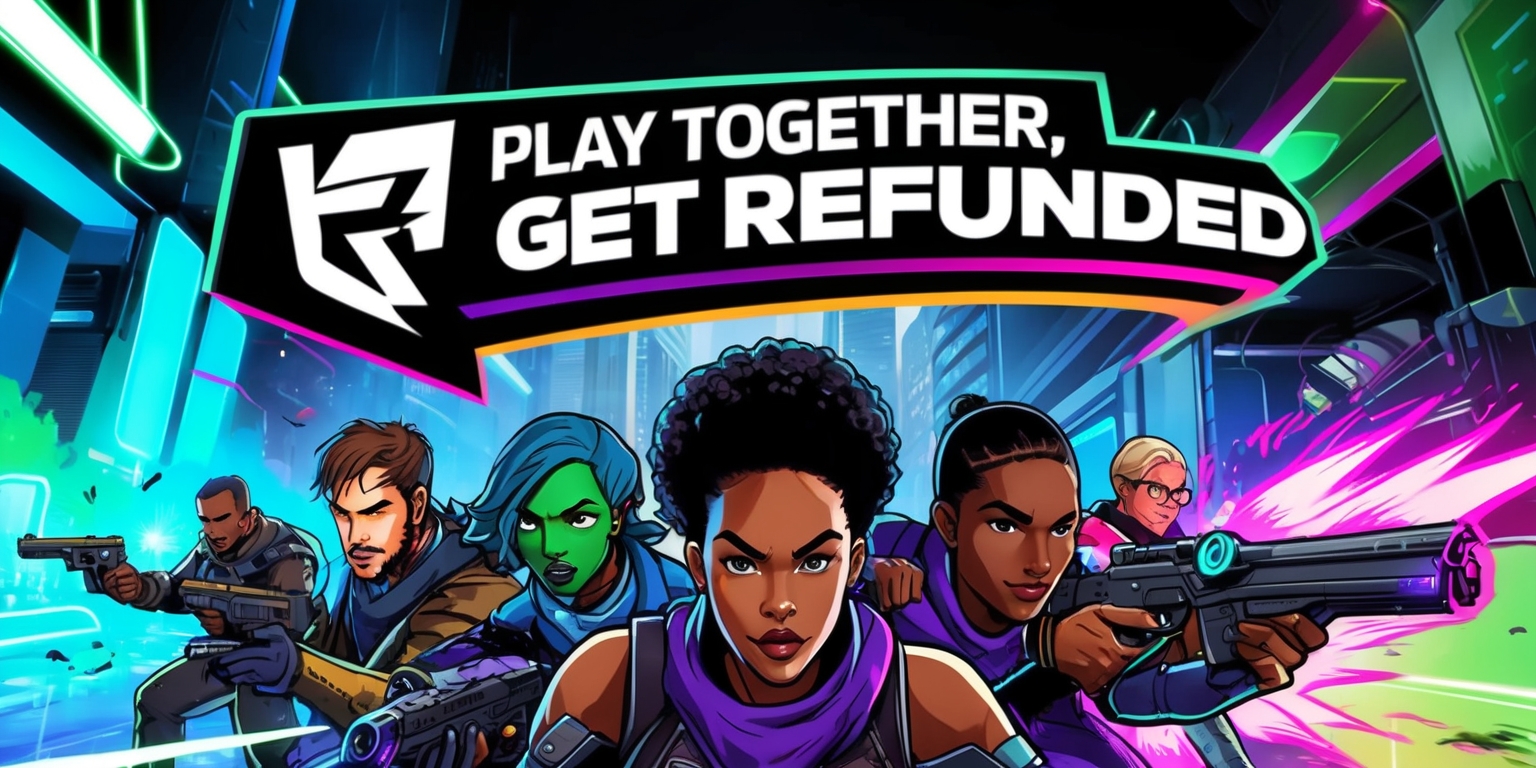
The visual identity and distinctive art style of the alternative game have not gone unnoticed. Emulating certain stylistic elements of its controversial peer, it nevertheless creates a unique aesthetic that appeals to a niche audience longing to explore alien landscapes and futuristic themes. The creative approach manifested in its design strikes a balance between homage and originality, ensuring that players are not merely following a trend but are instead experiencing innovation. The presentation of its environments, coupled with dynamic character designs and vivid colors, offers a refreshing perspective that contributes to its overall appeal. This artistic strategy engages the audience on multiple sensory levels, merging technical innovation with inspired storytelling to form A captivating journey that shines brightly amid a saturated genre.
Gameplay Mechanics and Cooperative Dynamics
At the core of the unfolding events is the game’s cooperative shooter mechanics, an element that has captivated a vast community of players. This title offers a rich, interactive experience that demands strategic thinking and solid teamwork. Its design centers around dynamic combat scenarios set in alien environments where every choice holds the potential to reshape the course of the battle. Recently, discussions around refund options have brought attention to these mechanics, particularly in how user feedback is prompting improvements. Whether through enhanced skill trees or refined coordination systems among teammates, the game aims to foster a deep sense of cooperation and shared accomplishment. The mix of fast-paced action and calculated strategy creates a memory-rich landscape that promises both challenge and camaraderie, making every session a narrative in itself.
Community Engagement and Player Sentiment
The shifting tides of player sentiment reflect a broader narrative in modern gaming. A robust community has emerged where gamers share their experiences, critiques, and triumphs, forming a tightly knit network of voices. This network plays a crucial role in shaping the future features and patches of the game. The refund encouragement escalated discussions along online forums and social media, sparking debates over gameplay balance, graphical performance, and overall user experience. The dialogue between the developers and their players has proven instrumental in identifying key areas for improvement, making the process of game refinement a collaborative journey rather than a one-sided broadcast. In this light, community engagement is seen not only as an essential aspect of gameplay but also as a critical instrument for innovation and continuous development.
Technical Challenges and Quick Fixes
Beyond aesthetics and gameplay creativity, the technical performance Related to the game has similarly attracted attention of intense discussion. Issues regarding performance on certain platforms have prompted the development team to offer tips and guidance to help players navigate these hurdles. Technical glitches and bugs, such as those that affect the integrity of in-game skills, have been highlighted in various communications to ensure that players are well informed. Alongside praise for its creative design, the interactive community remains keenly observant of these operational challenges. With detailed guides now available, many players are exploring personalized solutions to optimize their gameplay experience. By addressing these technological concerns in an open manner, the developers not only foster trust but also invite players to be part of the iterative process leading to incremental improvements over time.
Market Dynamics and Price Point Strategies
In an industry where market perception heavily influences success, pricing strategies and platform exclusivity have become paramount. The alternative game, offered at an attractive price, serves as a case study in effective market positioning. While the controversial title continues to generate mixed reviews, the competitively priced offering reassures consumers they have quality alternatives without escalating financial commitment. This pricing model, combined with aggressive marketing tactics, ensures that gamers have the freedom to explore multiple avenues before committing fully. The broader industry watches these developments closely, as they may well indicate a shift toward more consumer-friendly environments where financial risk is minimized. The debate is not solely about which game provides the best experience but also about ensuring that pricing aligns intelligently with both value and innovation.
Industry Competition and Strategic Launch Plans
The interplay between industry titans has also found its way into this narrative. A renowned publisher’s decision to align its release schedule in a strategic manner, even in parallel with other high-profile titles, underscores the competitive nature of modern gaming. This bold approach signals a readiness to challenge market dominance through tactical releases and targeted promotions. Furthermore, the timing of these releases has reinvigorated discussions about performance and expectations that come with big titles. Gamers are beginning to see that independent developers are not merely stepping into the shadows of larger franchises but are actively reshaping the narrative through strategic brilliance. By drawing attention to refund policies and skillfully positioning an alternative option, smaller publishers have managed to disrupt traditional market expectations and generate excitement across the board.
Exploring the Role of Co-Op Experiences in Modern Gameplay
The cooperative aspect of these games stands out as a defining feature that enriches the player experience. In an era where solo adventures often dominate discussions, the emphasis on teamwork and shared challenges has created profound emotional connections among gamers. The essence of collaboration is manifested in scenarios where players must coordinate tactics, combine resources, and build strategies to overcome complex adversaries and environmental puzzles. What sets these cooperative experiences apart is the in-game narrative that evolves with every session, making each match a unique story of strategy, perseverance, and adaptability. As a result, this positive interaction among players Not only deepens the immersive quality of the gameplay but also increases trust in the overall product, ensuring a loyal and dedicated community forms around the title.
Evaluating Performance Metrics and Player Feedback
Performance remains at the forefront of the debates surrounding the discussed game. A myriad of player reviews, benchmarking data, and detailed analyses have been released, showcasing both the strengths and weaknesses of this interactive experience. Developers continue to closely monitor these metrics, employing player feedback as a critical tool in further refining game mechanics and optimizing the underlying systems. The discourse over technical performance has proved integral to understanding the broader picture of what players value most: a seamless, gratifying experience devoid of technical hitches. Regular updates and patches are already being implemented, indicating that the developers remain committed to high standards of performance. This process of iterative improvement, based firmly on community feedback, demonstrates a proactive approach to addressing challenges and enhancing gameplay quality over time.

